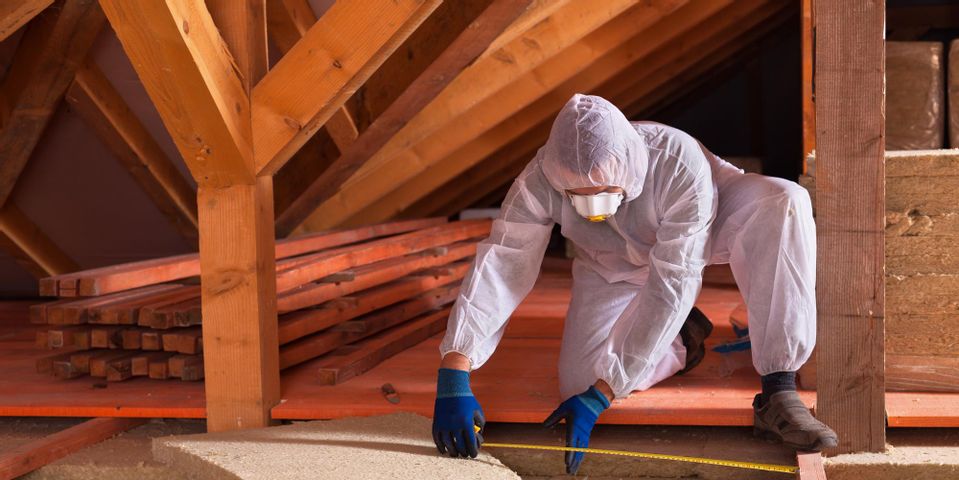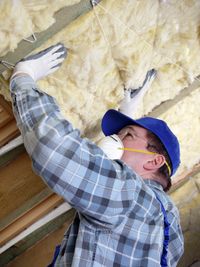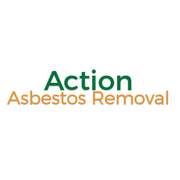
Exposure to asbestos is one of the leading risk factors associated with mesothelioma, lung cancer, asbestosis, and other lung diseases. Due to its widespread use before regulation, asbestos is still found in some homes, automobiles, and ships. Because of the inherent danger, asbestos removal requires trained professionals. Here’s an overview of how asbestos is safely disposed of.
4 FAQ About Asbestos
What is asbestos?
Asbestos is a natural mineral used because it’s resistant to heat, fire, electricity, and chemical reactions. Asbestos was utilized extensively in manufacturing, from ship insulation to roofing to automotive parts. Buildings built before the 1970s often contain asbestos in roofing, flooring, siding, and insulation. Asbestos is frequently found in the garages, roofs, wall panels, drain pipes of older homes.
Why is asbestos dangerous?
 The danger of asbestos lies in its sharp, needle-like, microscopic fibers. Once inhaled, they become lodged in the tissues of the lungs and chest cavity, often resulting in cancer. Although government regulations now restrict its use, asbestos has not been completely banned from manufacturing. For example, asbestos is still used in automotive clutch and brake components.
The danger of asbestos lies in its sharp, needle-like, microscopic fibers. Once inhaled, they become lodged in the tissues of the lungs and chest cavity, often resulting in cancer. Although government regulations now restrict its use, asbestos has not been completely banned from manufacturing. For example, asbestos is still used in automotive clutch and brake components.
How is asbestos disposed of?
Asbestos disposal follows a strict protocol to minimize contamination risk. First, asbestos-containing materials are wetted to prevent fibers from becoming airborne, then sealed in locked, clearly labeled containers. After that, contaminated material may only be stored in landfills licensed for asbestos disposal, and the landfill must ensure there are no leaks or emissions from the asbestos over time.
Why can't asbestos be thrown away normally?
Undisturbed asbestos poses little threat, but if moved, the fibers contaminate the surrounding air and environment. Because of this, never attempt to remove asbestos yourself. The Environmental Protection Agency has regulations for disposal of asbestos-contaminated materials. For example, a building scheduled for demolition must first undergo asbestos testing. Any asbestos present is reported to a state agency that manages the training and certification of professionals in asbestos abatement. These professionals handle all asbestos removal services before any further work or demolition can continue.
If you suspect you have asbestos in your home, contact Action Asbestos Removal for safe and prompt residential asbestos removal. For over 20 years, they’ve proudly served the residents of Montville, CT. They specialize in all aspects of minimal-disturbance asbestos clean-up, including ceiling finishes, asbestos siding removal, and 24-hour emergency services. Visit their website or call them today at (860) 848-2912 for your free asbestos consultation.
About the Business
(1 reviews)
Have a question? Ask the experts!
Send your question

